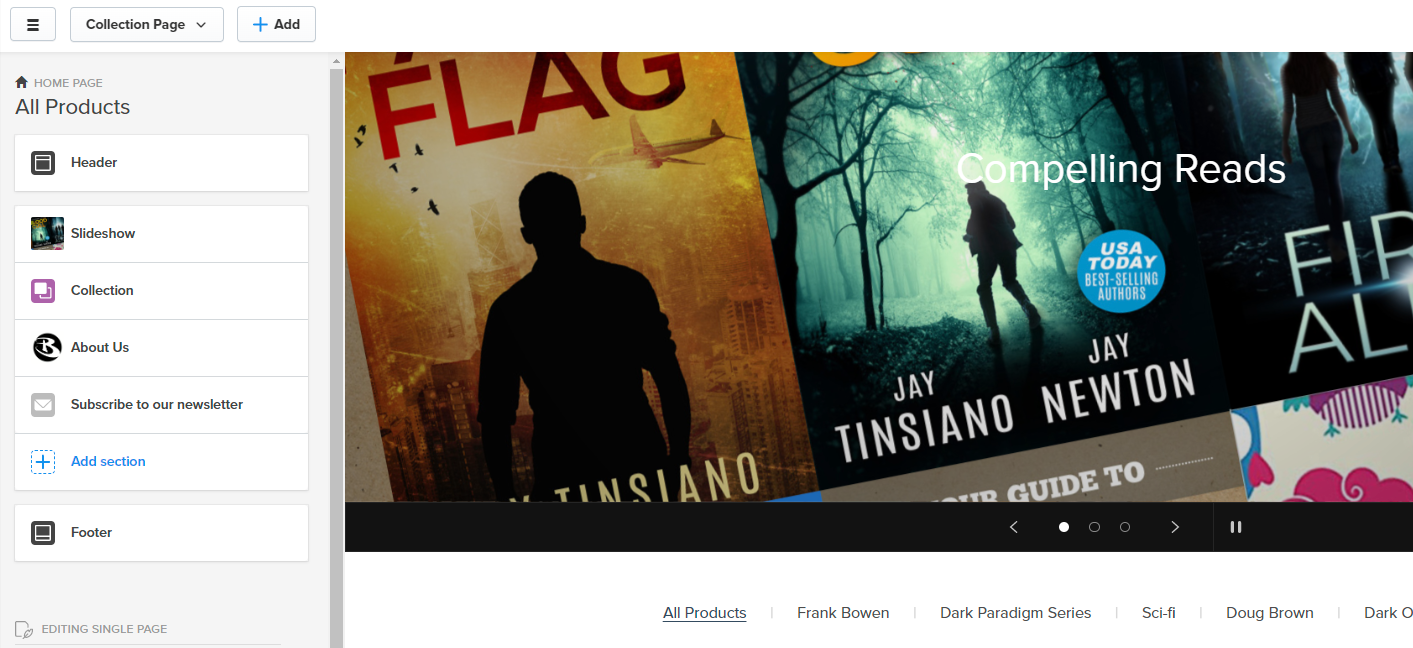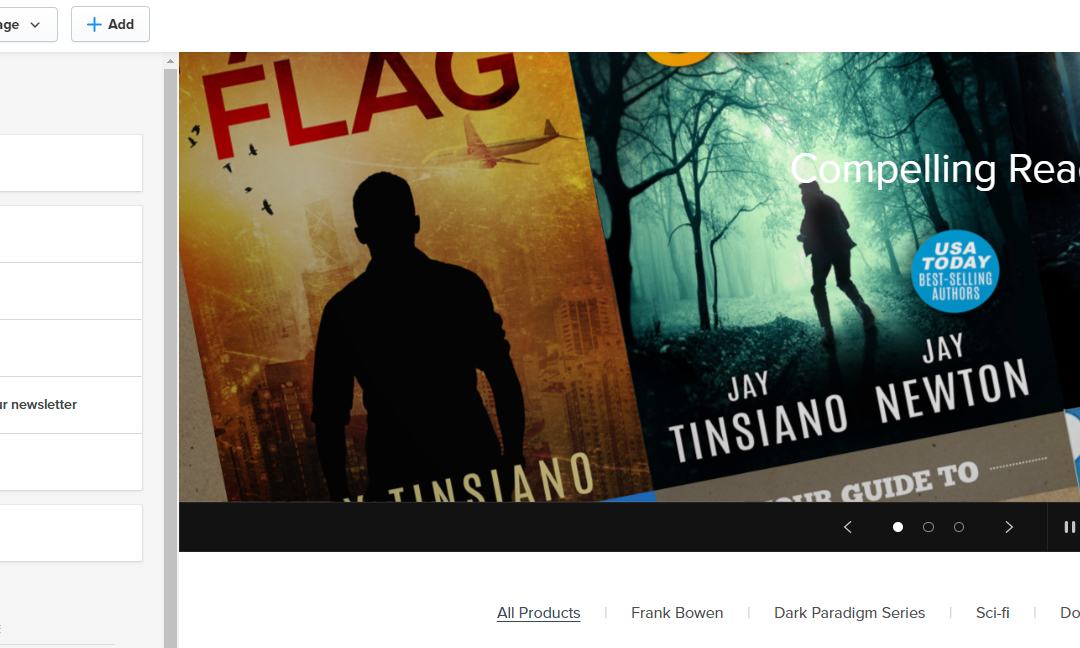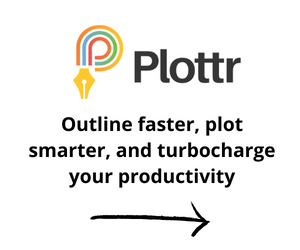I recently reorganised the book publishing side of things with Bonafide Media Publishing (BMP) and Dark Paradigm Publishing (DPP), merging into Bonafide Publishing (BP), a name I’ve used since publishing comics in the 1990s, but that’s another story.
With the new imprint, another website was needed. I had been wrestling with a bulky WP theme on BMP and didn’t fancy going back down that road. Then I realised our direct sales channel for DPP was on Payhip. It was straightforward enough to rebrand it to Bonafide Publishing and build out the store using their store builder.
Here’s a brief summary of my experience, along with the pros and cons of Payhip, and we’ll explore some of the key features and benefits of Payhip for self-publishing authors.
Payhip allows you to sell digital and physical products, memberships, and courses through secure payment gateways Paypal and Stripe. It is a simple and effective way for writers to monetise their work and reach a wider audience.

Pros of Payhip
Payhip is an intuitive and user-friendly platform, making it easy for authors to set up their online store and start selling their digital products. The platform offers various customisation options, allowing authors to create a unique and engaging storefront that reflects their brand and style using drag-and-drop tools and modules.
Payhip offers instant delivery of digital products, which means that customers can download their purchases immediately after payment.
It covers most of what you need to build your site: sliders, article sections, videos, collages and more.
You can implement social sharing (if not using the custom domain) and friend referrals for discounts and coupons.
Payhip integrates with Bookfunnel for the supported delivery of your products. Although this isn’t a necessary step, Bookfunnel offers readers direct support with onboarding your ebook files onto Kindles, Nooks, iPads and all the rest, potentially saving you a massive headache in support time.
You can also integrate with numerous email providers to add buyers to your lists, all GDPR compliant.
Cons of Payhip
I wanted to have direct sales of paperbacks using the Bookvault app. However, this requires a separate product page, meaning every paperback product would have its own product page, in addition to other variations to that product (ebook/audio etc.). So, you end up with multiple pages for the same core product.
Not great for the user experience as it requires an extra click or more, but not the end of the world. I will test this out very soon and use images of a 3D cover to distinguish it from the other product variations.
Simply adding a stand-alone button isn’t currently an option. You need to add a text/button module and then delete the text, which leaves a gap.
I also wanted some of our book products to link off to external retailers and not deliver a local file, but I was informed I’d have to include any file, even if it’s a blank text file. Not ideal.
By adding a custom domain to the store, I could no longer offer customers social discounts (for example, share on Facebook and get 5% off etc.), although the coupon code is still intact.
Costs. It’s not the cheapest, with a 5% cut from your sales on the free level, but this can be reduced if you upgrade.
Conclusion
I’m looking at this Payhip site as a simple first version of the website, and a more sophisticated version can follow as the Bonafide Publishing imprint grows. But overall, I’m happy with the Payhip store as a simple, quick solution, and most importantly, traffic tends to convert to sales pretty well.
If you’re looking to expand your book sales to direct using mainly ebooks and need a website set up quickly, Payhip is a good option. If you want to drive traffic to your books on Kindle or other retailers, then look at other options.





